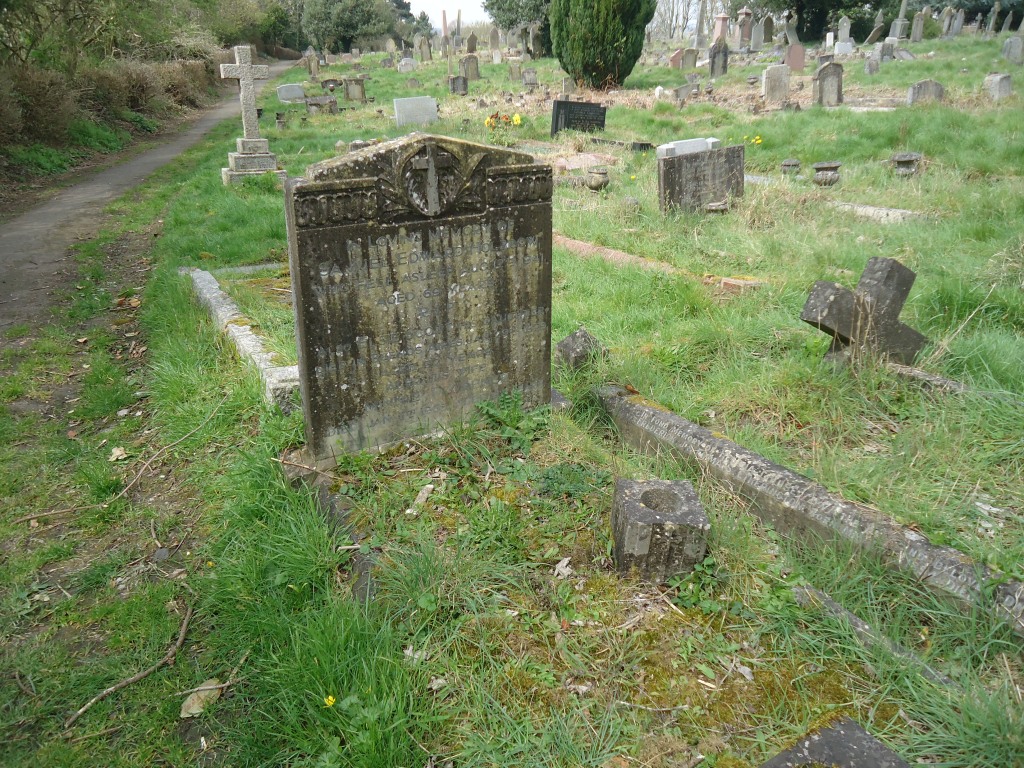The re-imagined story …
I’ve seen them all arrive at Swindon Junction, the King and Queen in 1924, the young Princess Elizabeth in 1950, politicians, film stars, you name them, I’ve seen them. But I’ve never seen a sight like the day they brought back the body of James Shopland.
I was just a youngster then and recently employed as a station lad. My duties mostly consisted of carrying things around, everything from luggage to parcels. I wasn’t allowed too close to the passengers as they alighted from the trains; I was considered too cheeking and disrespectful. I had a lot to learn and looking back I reckon my education began that day in July 1900.
Early that morning I was told to clear out a small, seldom used room along the platform. I was to get rid of any rubbish and sweep the floor. I was to place a small table there and a couple of chairs and to make sure everything was polished.
“Who are we expecting?” I asked Fred, the head porter, “the bloomin’ Queen herself.”
I soon learned not to give him any cheek. He boxed me round the ear and gave me a good telling off. I was lucky not to lose my newly acquired job that day and for a good few weeks after that I tried to keep out of his way.
The room was to be made ready to receive the floral tributes for a funeral due to arrive that afternoon. So many wreaths and crosses, I had never seen so many. It would be twenty years or more before I saw such a scene again, when the people of Swindon gathered in remembrance at the unveiling of the cenotaph in Regent Circus. For so many of those families there was no body to bury, no grave to visit, no homecoming for those heroes.
But on July 11, 1900 I witnessed the homecoming of another hero, James Shopland who died as he tried to rescue three men in an accident at the Southampton Sewage Works at Chapel.
The funeral cortege left Mr Shopland’s home in Woolston, proceeding by way of the floating bridge to the Dock station. A special carriage was attached to the 2 pm train to Swindon where Mr Shopland was to be interred at the Swindon Cemetery on Kingshill.
The coffin was carried from the train, through the station and placed in a glass-panelled car. I watched the pallbearers return to collect the flowers and counted more than 60 wreaths and crosses. Some were placed in the car, others were carried by those that followed.
I watched the long line of carriages with many more people walking behind. The procession continued along Wellington Street where blinds and curtains were drawn at the windows and people stood with bowed heads to pay their respects.
The story of James Shopland’s death had already appeared in the Swindon Advertiser, but I was just a silly, cheeky young lad. I had paid no attention. That evening, when I told my Pa about the funeral, he told me how James Shopland had died.

The facts …
James Shopland, a civil engineer, was born in Purton in 1873, the son of James Rew Shopland, also an engineer.
By 1900 James had moved to the Southampton area and on July 6, 1900 he was at the Southampton Sewage Works, although it was pointed out at the inquest that he had nothing to do with the works, but was assisting in the rescue.
Three labourers working in the press house at the Sewage Works had attempted to free a blockage in a lime vat, firstly by ramming a rod down from the top, which was the usual way of clearing it. However, when this didn’t work, one of them went down into the ejector chamber and tried to free the pipe by undoing it. They tried to remove the cap but this wouldn’t move either, so they proceeded to remove a flange from the bottom and then the upright pipe. This immediately set off a fast flow of sludge and released a smell that rendered the men semi-conscious.
Passing workmen attempted to rescue the three men who were all lying unconscious in the sludge. As a call went out for volunteers, James Shopland arrived on the scene. A witness at the inquest described how as Mr Shopland descended the ladder he saw him put his hand to his head.
At one point someone tried to stop any more men going into the chamber, declaring that at this rate there would soon be fifty dead at the bottom.
James was brought to the surface where artificial respiration was attempted, but he was already dead. At the subsequent post mortem the cause of death was found to be due to congestion of the lungs brought about by carbolic acid gas poising.
The jury at the inquest recorded a verdict of accidental death and commended the noble endeavour made by James Shopland and four others who had attempted to rescue the men.
James was 26 years old and had been married for just a year. He is buried in plot D100 with his wife Helena (Nellie) Elizabeth Shopland. Helena moved to Bournemouth where she lived with her widowed mother-in-law, but she eventually came back to Swindon. At the time of the 1911 census she was living at 159 Goddard Avenue with her sister Violet Blanche Brown. She died just a few weeks later, on June 16, 1911. Her funeral took place on June 20 and she is buried with her husband.





 The re-imagined story …
The re-imagined story …


















